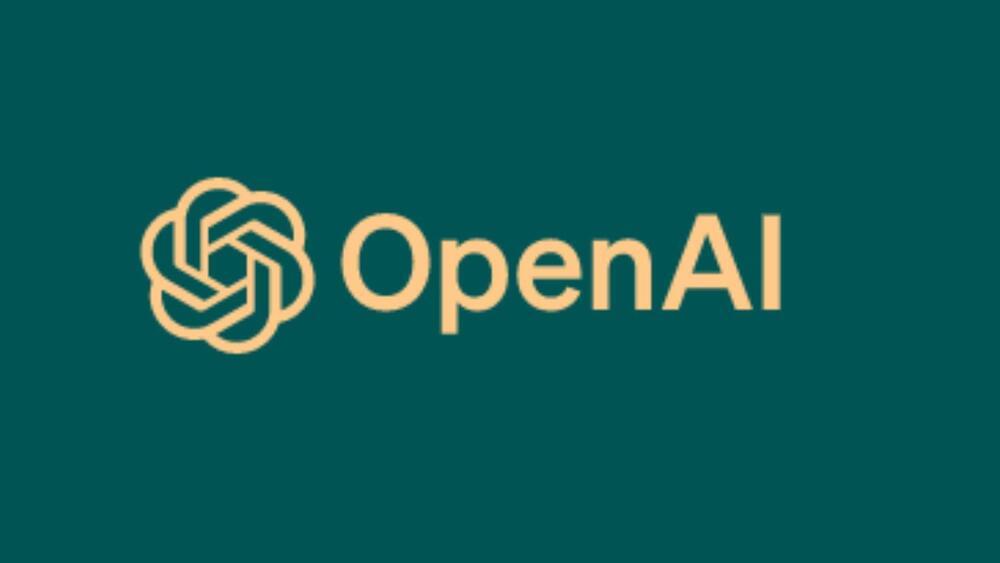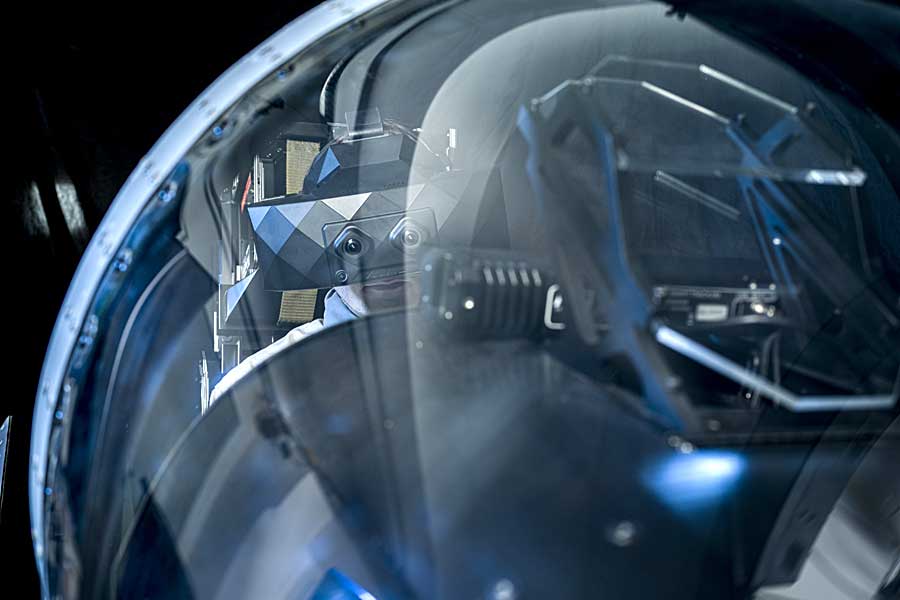What if I told you Open AI had a new robot coming out infused with ChatGPT? Well, they do.
If you like this content, please consider subscribing, as we can be your one stop shop to satisfy your AI needs! We have all the scoops on the world’s latest artificial intelligence projects!
► For business related matters relating to our channel (including media & advertising) please contact: [email protected].
Please note, the videos published on this channel fall under the remits of Fair Use. I educate viewers on such topics as, but are not limited to: construction, engineering and architecture, and I produce well-researched and unique content, with MY OWN COMMENTARY, that aligns with YouTube policies and guidelines.
► Copyright Disclaimer under Section 107 of the copyright act 1976, allowance is made for fair use for purposes such as criticism, comment, news reporting, scholarship, and research. Fair use is a use permitted by copyright statute that might otherwise be infringing.
For any copyright related matters, please contact: [email protected]





